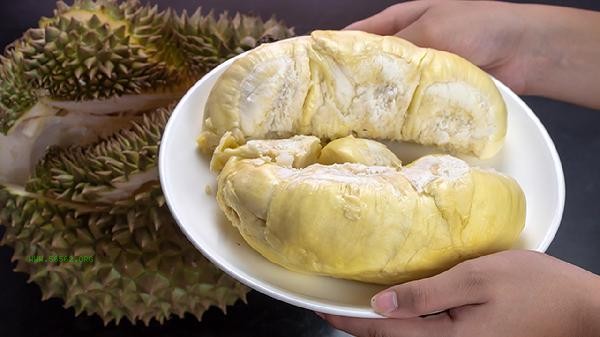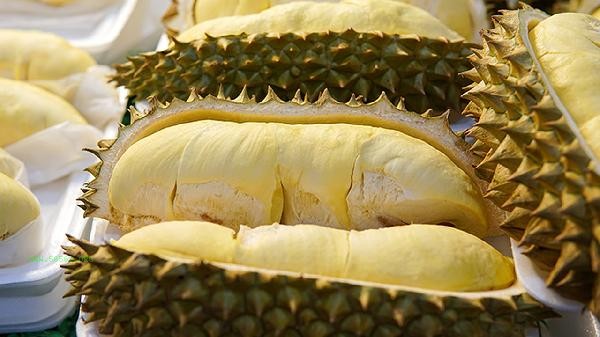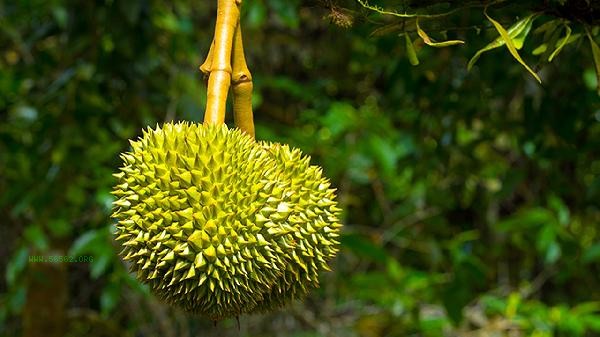The white flesh inside durian is edible and has unique nutritional value and consumption methods. Durian flesh is a sponge like tissue between the flesh and the core, containing dietary fiber, vitamin C, and a small amount of minerals. It has a light and slightly tough taste and is suitable for stewing soup, boiling sugar water, or making desserts. Attention should be paid to freshness. If there are signs of deterioration such as blackening or sourness, it is not suitable for consumption. Durian flesh has a high content of dietary fiber, which helps promote gastrointestinal peristalsis and improve digestive function. Its texture is soft and can absorb the flavor of soup after stewing, often used in traditional dietary therapy in Southeast Asia. Fresh durian flesh is milky white or light yellow in color, with a compact texture and no mucus. It can be peeled off and directly cut into pieces for cooking. Some varieties of durian have thicker flesh, so it is necessary to extend the stewing time until it softens. Pairing it with ingredients such as chicken and red dates can enhance its nutritional value. In rare cases, durian flesh may have a distinct bitter taste due to differences in variety or insufficient maturity, and it is recommended to discard such flesh. If the outer shell of durian has cracked and the flesh has been exposed to air for too long, it may breed microorganisms and cause spoilage. People with allergies should try a small amount of food for the first time to observe if there are any reactions such as skin itching or gastrointestinal discomfort. Durian flesh contains a small amount of hydrogen cyanide glycosides, which may cause slight discomfort when consumed raw in large quantities. Heating treatment can effectively decompose this component.

When consuming, it is recommended to choose durian with moderate maturity. Peel off the flesh and soak it in water for ten minutes to remove surface impurities. Suggest stewing the processed pulp with Tremella fuciformis and Goji berries, or adding coconut milk to make a dessert. People with weak gastrointestinal function should control their single intake to avoid excessive intake of dietary fiber, which can cause bloating. If you plan to store for a long time, you can blanch the fresh flesh and freeze it. When using, simply remove and thaw it.










Comments (0)
Leave a Comment
No comments yet
Be the first to share your thoughts!